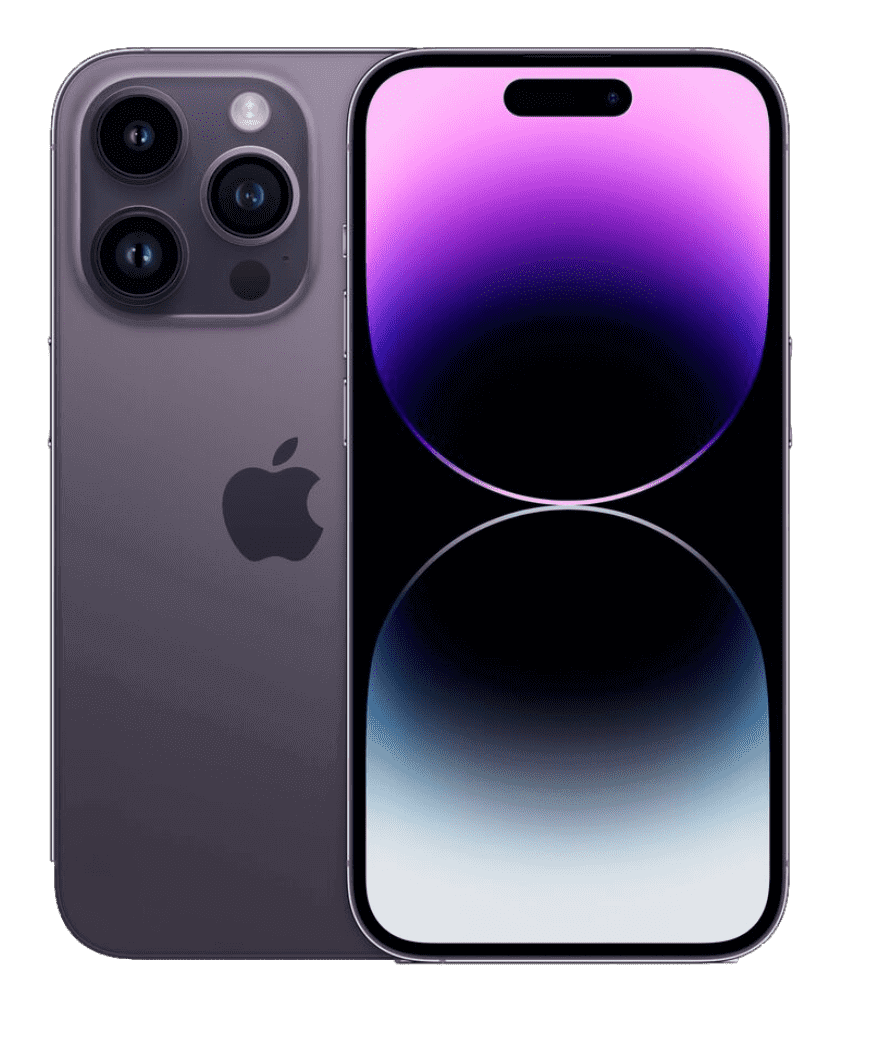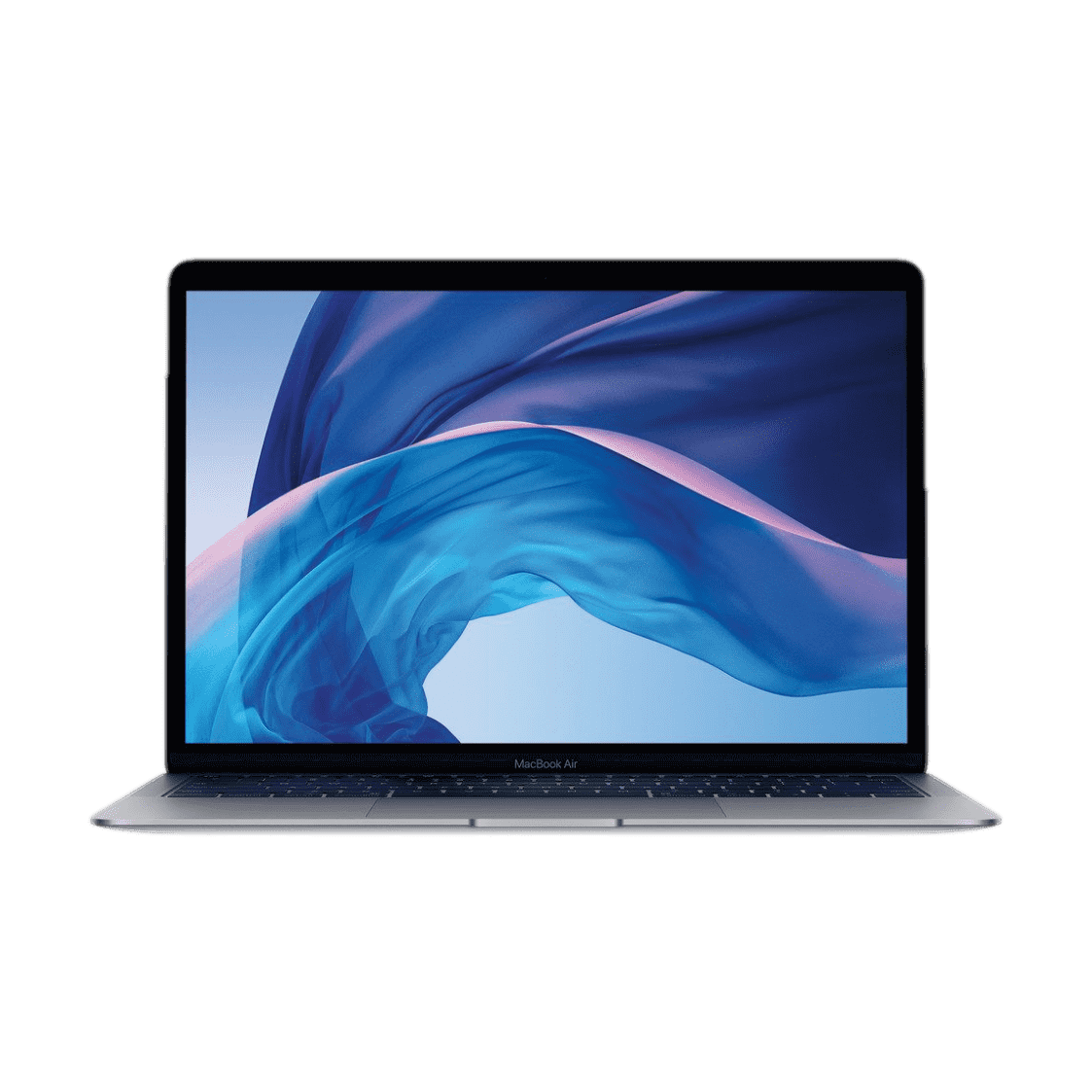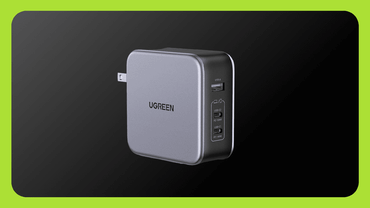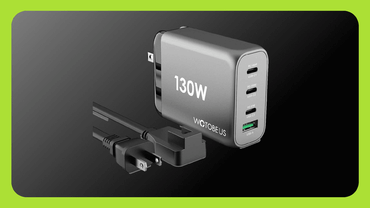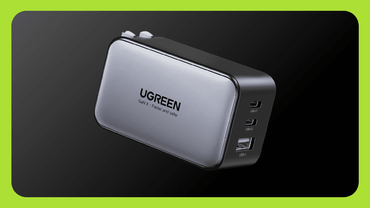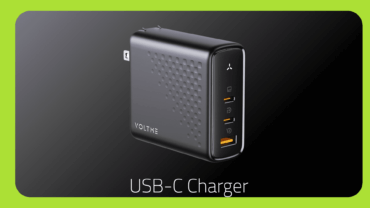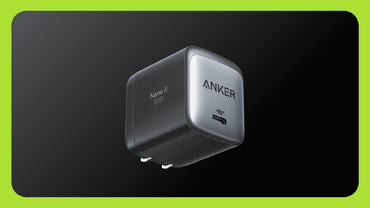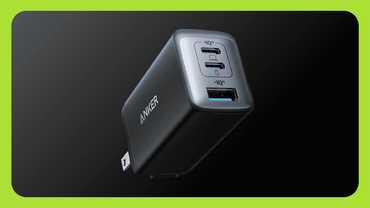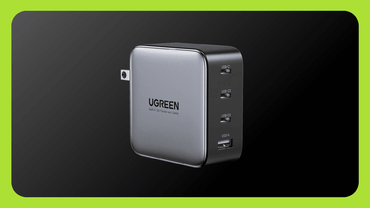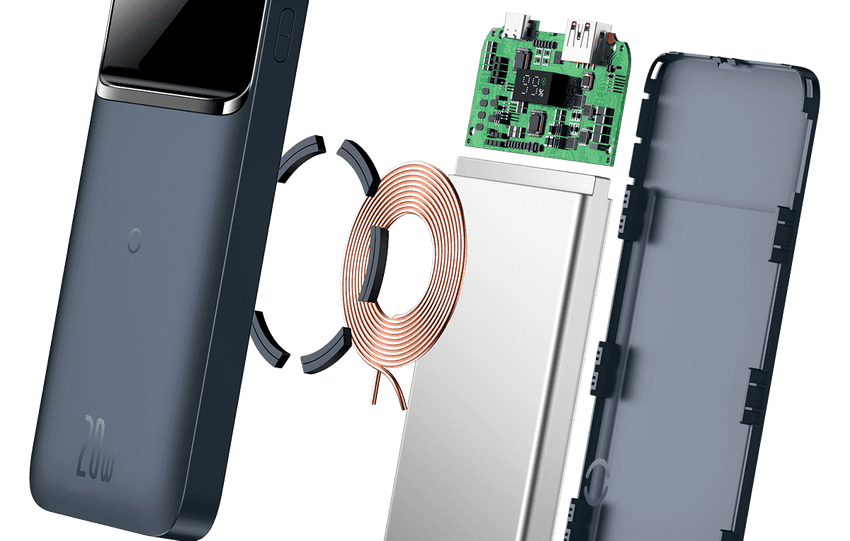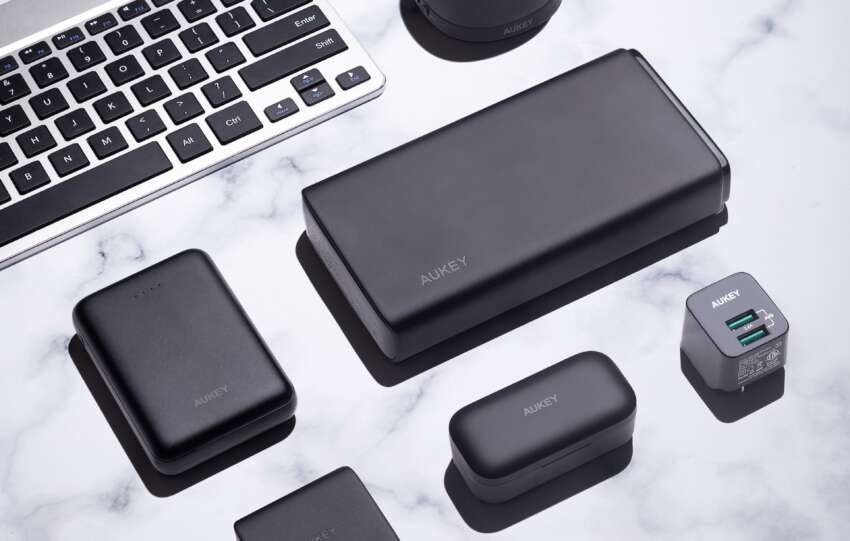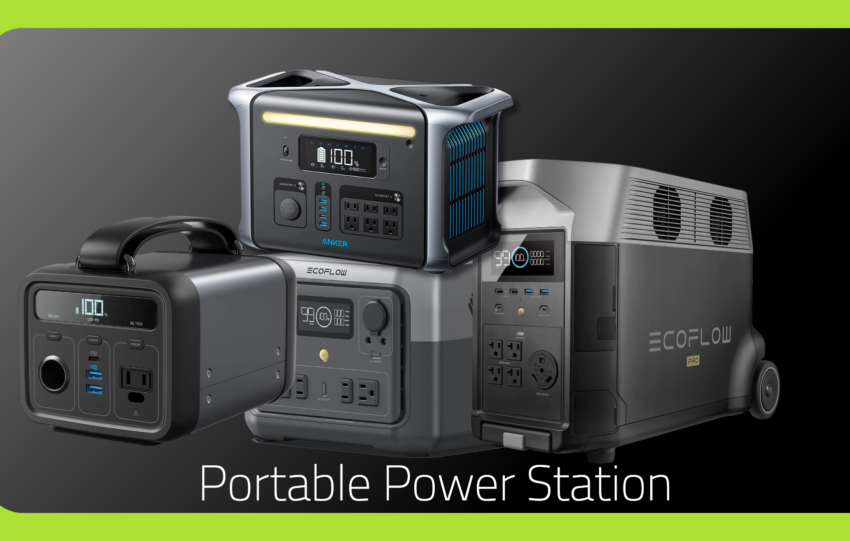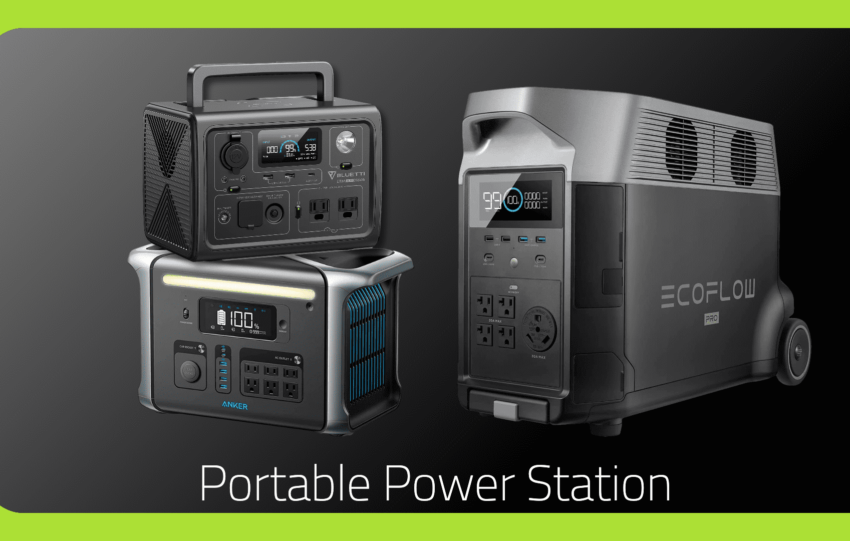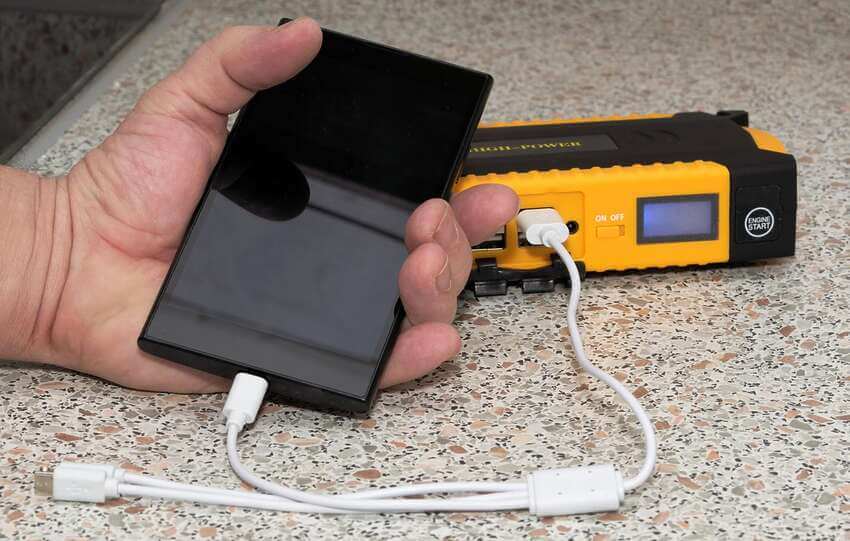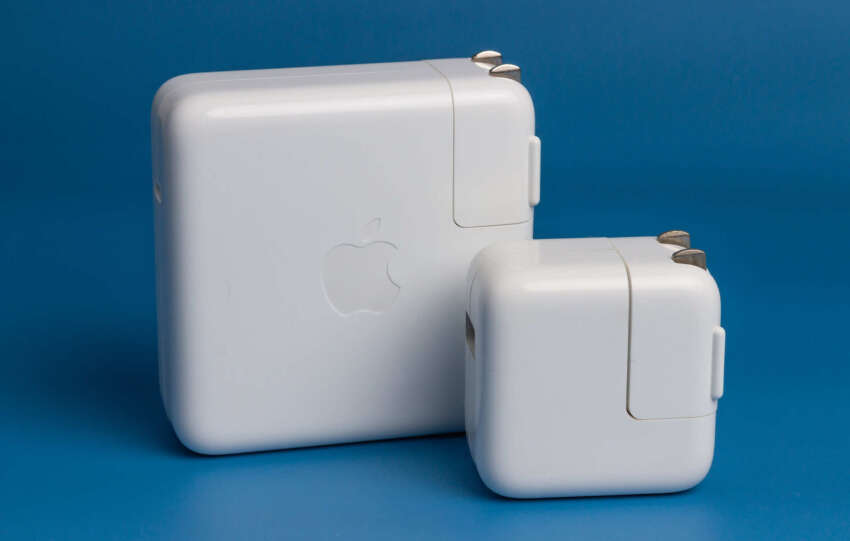Share This Article
Are you a tech newbie who wants to learn how to buy a USB-C Charger & Charging Cable? Do you have a slow-charging cable? Do you have a faulty USB-C Charger? Do you need to know what specs to look for in a good USB-C Charger & Charging Cable? You need to understand the difference between those terms to understand what you need.
USB-C is a reversible connector that can be plugged into any USB-C-enabled device. USB-C charging cables come with different USB connector types, such as USB-A, USB-B, or Micro USB. You will need to choose the right USB-C charger and cable for your device. In this article, we will guide you on how to choose a USB-C charger and cable.
What is USB-C?
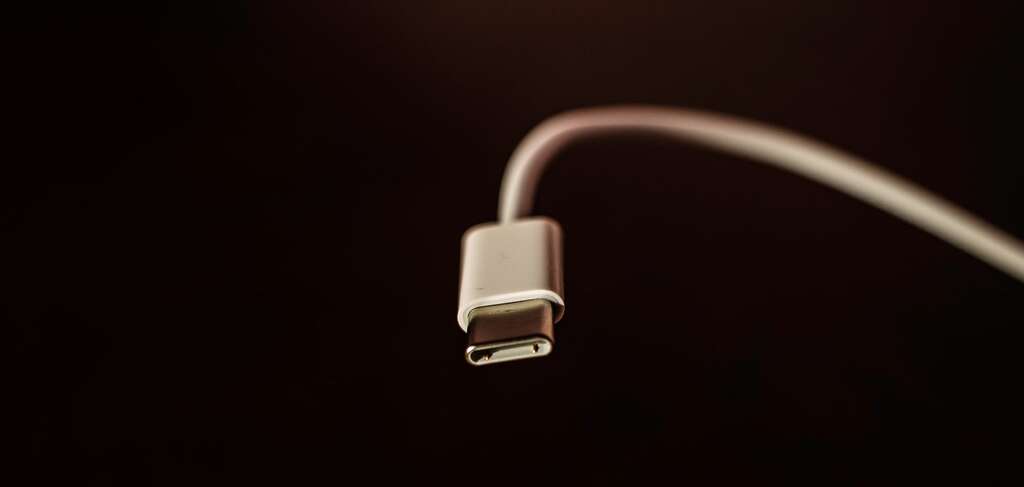
USB-C is the latest USB standard and it’s slowly becoming more popular. Despite being the newest standard, it’s not without its problems. One of the most common issues is compatibility. Not all devices support USB-C, and not all chargers and cables are created equal. In this article, we’ll help you choose the right USB-C charger and cable for your needs.
What are the benefits of USB-C?
USB-C is the emerging industry-standard connector for transmitting both data and power. The fully reversible USB-C connector is smaller than previous USB connectors and can be inserted into any USB-C port in either orientation. A single USB-C port can provide up to 100W of power, enabling laptops and other devices to be charged much faster than with previous USB technologies.
In addition, USB-C cables can transmit data at up to 10 Gbps, making them ideal for connecting to high-speed devices such as external hard drives and 4K monitors.
USB-C Charging Speed
Choosing a USB-C Charger
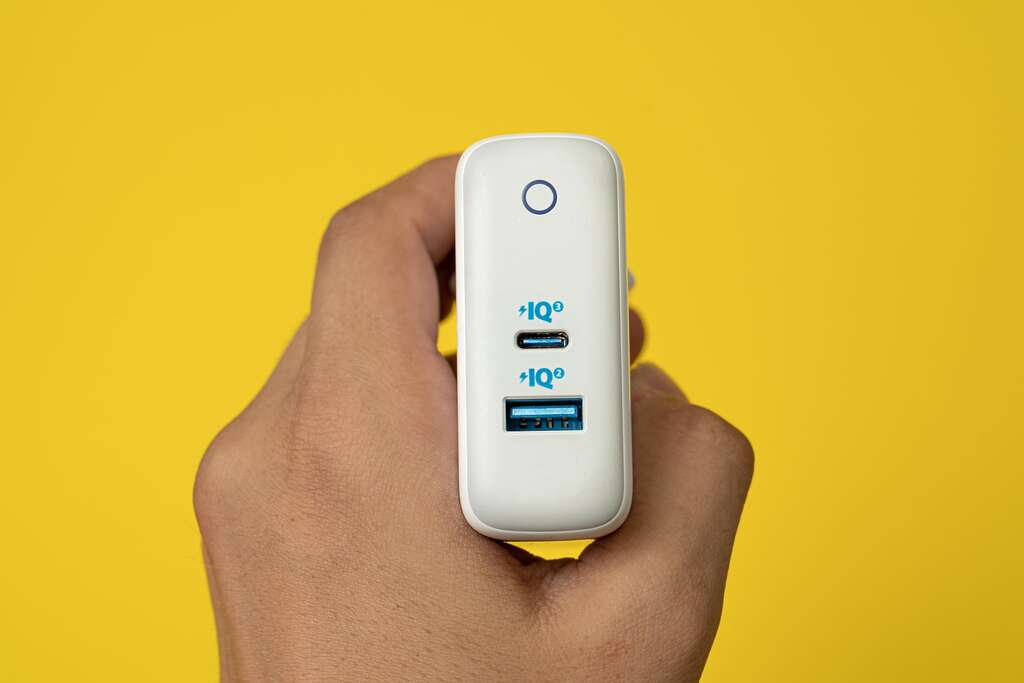
One of the most important things to consider when choosing a USB-C charger is the wattage. The wattage is the amount of power that the charger can deliver to your device. You will want to choose a charger that can deliver at least 18 watts of power.
Another thing to consider is the type of USB-C connector. There are two types of USB-C connectors, USB-C and USB-A. If your device has a USB-C port, you will want to choose a USB-C charger. If your device has a USB-A port, you will want to choose a USB-A charger.
What to look for in a USB-C charger
When shopping for a USB-C charger, you’ll want to consider a few factors:
-Wattage: The wattage of a charger is the maximum amount of power it can deliver to your device. Most laptops will come with an included 65W or 90W charger, but you can also find chargers with higher wattages (up to 100W). If you have a device that charges at a high wattage (like a MacBook Pro), you’ll want to make sure your charger can deliver that much power.
-Ports: The number of ports on a charger is also important to consider. If you have multiple devices that need charging, you’ll want a charger with multiple ports so that you can charge them all at once. Some chargers also have additional features like built-in Qi wireless charging or USB-A ports for charging older devices.
-Price: Chargers can range in price from $20 to $100 or more. In general, you’ll get what you pay for when it comes to chargers — more expensive models will usually be higher quality and have more features. However, there are some great deals to be found if you know what to look for.
-Compatibility: Finally, make sure that the charger you’re considering is compatible with your devices. Most USB-C chargers will work with any USB-C device, but there are some exceptions (like Apple’s MacBook chargers). Check the specs of both your devices and the charger before making a purchase.
What are the different types of USB-C chargers?
The most common type of USB-C charger is the wall charger. These come in different shapes and sizes, but they all serve the same purpose: to charge your device.
Most wall chargers will have a removable USB-C cable, so you can use it with other devices that use a different type of charging port. Some chargers will have fixed cables, so you’ll need to use a separate USB-C cable to charge other devices.
Another type of USB-C charger is the car charger. These are great for those who are always on the go and need to keep their devices charged while they’re on the road. Car chargers typically have a fixed USB-C cable, so you’ll need to use a separate USB-C cable to charge other devices.
Portable chargers are also available for those who need to charge their devices while away from home. Portable chargers come in different shapes and sizes, but they all allow you to charge your device without being tethered to a wall outlet or car charger. Most portable chargers have a fixed USB-C cable, so you’ll need to use a separate USB-C cable to charge other devices.
8 Best USB-C Chargers with PD enable
Choosing a USB-C Charging Cable
With more and more devices using USB-C for charging, it’s important to know how to choose a USB-C charger and cable. In this article, we’ll go over the different types of USB-C chargers, cables, and connectors, as well as what to look for when choosing a USB-C charger or cable for your devices.
What to look for in a USB-C charging cable
When you’re shopping for a USB-C charging cable, there are a few things you’ll want to keep in mind. First, make sure the cable is certified “Made for Google” or “Made for Apple.” These cables have been tested to work with Google and Apple devices, respectively.
Next, check the length of the cable. Some people prefer shorter cables because they’re easier to manage, while others prefer longer cables so they can charge their devices from further away. There is no “right” answer here, it’s just a matter of personal preference.
Finally, take a look at the connector type. USB-C cables come with either a standard USB-A connector or a smaller micro-USB connector. If you have a device with a micro-USB port (such as an older smartphone), you’ll need a cable with a micro-USB connector. If you have a device with a standard USB-A port (such as a laptop), you can use either type of cable.
Keep these factors in mind and you’ll be able to find the perfect USB-C charging cable for your needs.
What are the different types of USB-C charging cables?
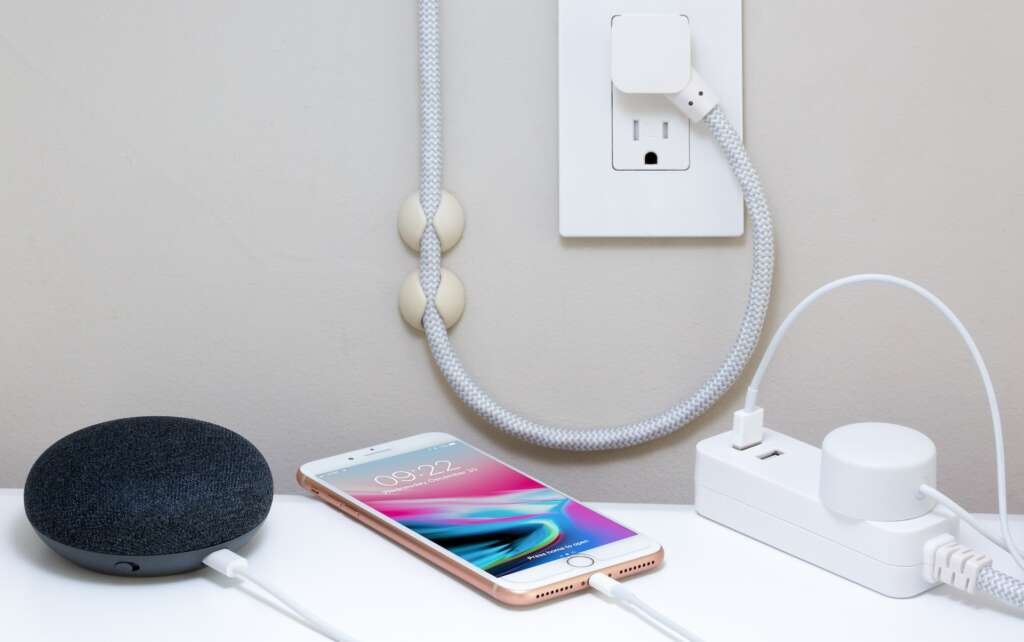
There are three main types of USB-C charging cables, each with its own benefits and drawbacks.
The first type is a standard USB-C to USB-C cable. These cables are the most versatile, as they can be used with any type of USB-C device, including laptops, smartphones, and tablets. They also support the newest USB Power Delivery standard, which means they can be used to charge larger devices like laptops at higher speeds. However, these cables can be more expensive than other types of USB-C charging cables.
The second type is a USB-C to Micro-USB cable. These cables are less expensive than standard USB-C to USB-C cables, and they can be used with older devices that use the Micro-USB standard. However, they can only be used to charge smaller devices like smartphones and tablets; they cannot be used to charge laptops or other larger devices.
The third type is a USB-C to Lightning cable. These cables are designed for use with Apple devices that use the Lightning connector, such as the iPhone and iPad. They support the newest USB Power Delivery standard, so they can be used to charge larger devices like laptops at higher speeds. However, these cables can be more expensive than other types of USB-C charging cables.
Conclusion
Whether you’re a road warrior or just trying to keep your devices charged at home, you need a good USB-C charger. We’ve tested a lot of them, and these are the best USB-C chargers we’ve found.
To find the best USB-C charger, we looked at four main criteria:
Compatibility: The charger must work with as many devices as possible, including Apple and Android phones, laptops, and tablets.
Output: The charger should be able to deliver enough power to charge a device quickly.
Ease of use: The charger should be easy to use, with clear labeling and straightforward controls.
Price: A good USB-C charger doesn’t have to be expensive, but it shouldn’t be too cheap, either.

